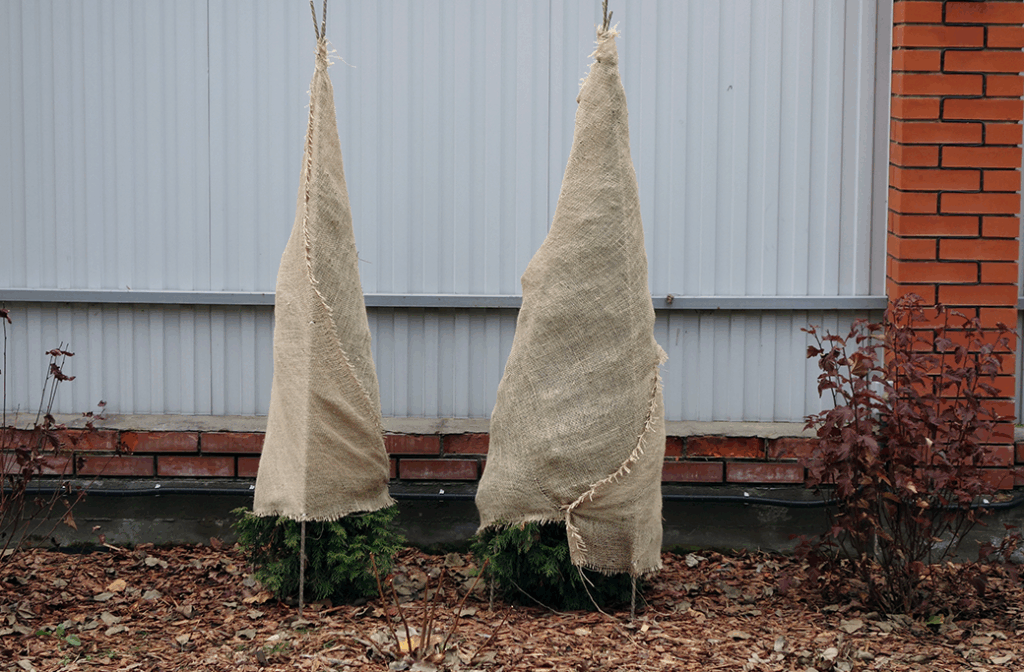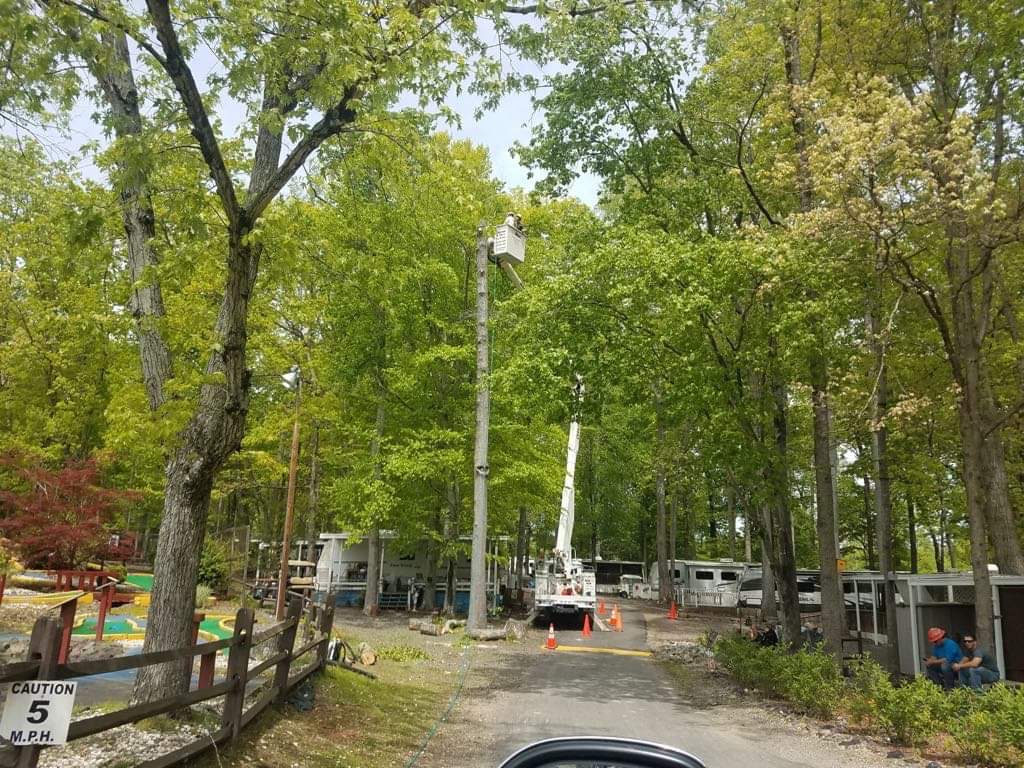As winter approaches in Winston-Salem, the crisp air and occasional frost signal that it’s time to prepare our homes for the cold. While we focus on insulating our houses, it’s easy to overlook the living assets in our yards: our trees and shrubs. Cold weather damage can be severe, leading to weakened branches, stunted growth, and even the loss of valuable plants.
Proper winter tree care is an essential investment in the health and beauty of your landscape. Taking a few proactive steps now can safeguard your trees from freezing temperatures and ensure they thrive for years to come. Shannon & Sons Tree Service will walk you through how to protect your trees and shrubs from the harsh realities of winter.
Assess Your Yard’s Vulnerability

Not all trees and shrubs react to cold weather in the same way. The first step in effective winter tree care is to identify which plants are most at risk.
-
- Newly Planted Trees and Shrubs: Young plants haven’t had enough time to establish strong root systems, making them more susceptible to frost and freezing temperatures.
- Evergreens: Broadleaf evergreens like hollies and magnolias can lose moisture through their leaves during winter, leading to a condition called “winter burn.”
- Tender or Non-Native Species: Trees and shrubs that aren’t native to the Winston-Salem area may struggle to withstand our local winter conditions.
Once you know which plants need extra attention, you can apply the right protective measures.
How to Protect Your Trees and Shrubs

Protecting your landscape from cold weather damage doesn’t have to be complicated. Here are five effective techniques to keep your plants safe and healthy through the winter months.
1. Apply a Layer of Mulch
Mulch is like a warm blanket for your tree’s roots. Applying a 2- to 4-inch layer of organic mulch (like wood chips or shredded bark) around the base of your trees and shrubs helps insulate the soil. This protects the roots from extreme temperature fluctuations and retains moisture. Be sure to leave a small gap between the mulch and the trunk to prevent rot and pest issues.
2. Wrap Vulnerable Plants
For younger, thin-barked trees and sensitive shrubs, wrapping can offer necessary protection. Use burlap, commercial tree wrap, or blankets to cover them before a hard freeze. This shield guards against frost, ice, and harsh winds. For smaller shrubs, you can create a simple frame with stakes and drape the covering over it, ensuring it doesn’t touch the foliage directly.
3. Water Wisely Before a Freeze
It may seem counterintuitive, but watering your trees and shrubs thoroughly a few days before a predicted freeze can help protect them. Moist soil retains heat better than dry soil, insulating the roots from the cold. This is particularly important for evergreens, which continue to lose water through their leaves even in winter. A deep watering ensures they are well-hydrated and more resilient against cold weather damage.
4. Prune at the Right Time
Winter is often the ideal time for pruning most deciduous trees, but timing is key. It’s best to prune after the coldest part of winter has passed but before new growth begins in spring. Removing dead, damaged, or weak branches helps the tree conserve energy and reduces the risk of limbs breaking under the weight of snow or ice. However, avoid heavy pruning just before a cold snap, as it can stimulate new growth that is vulnerable to frost.
5. Consider Anti-Desiccant Sprays
Anti-desiccants are sprays that create a waxy coating on the leaves of evergreen plants to reduce moisture loss during winter. This is especially helpful in preventing winter burn, where cold, dry winds pull moisture from the foliage, causing it to turn brown and die. Apply these sprays when temperatures are above freezing, typically in late fall.
When to Call for Professional Help
While these DIY tips are effective for general winter tree care, some situations require an expert. If you notice large, dead branches, cracks in the trunk, or trees leaning dangerously close to your home, it’s time to call a professional. Our arborists at Shannon & Sons Tree Service can safely handle complex pruning, tree removal, and provide assessments of your trees’ health.
Protecting your trees in Winston-Salem shouldn’t be a gamble. Our team is dedicated to providing quality, affordable tree care to ensure your landscape remains safe and beautiful all year round.
Prepare Your Yard for Winter
Winter tree care is a vital part of responsible homeownership. By assessing your plants’ needs and taking simple protective measures like mulching, watering, and proper pruning, you can prevent significant cold weather damage. A healthy landscape not only enhances your property’s curb appeal but also represents a long-term investment in your home’s value.
Don’t wait for winter storms to reveal a problem. Contact Shannon & Sons Tree Service today for a free estimate and let our experienced team help you prepare your trees for the cold season.



